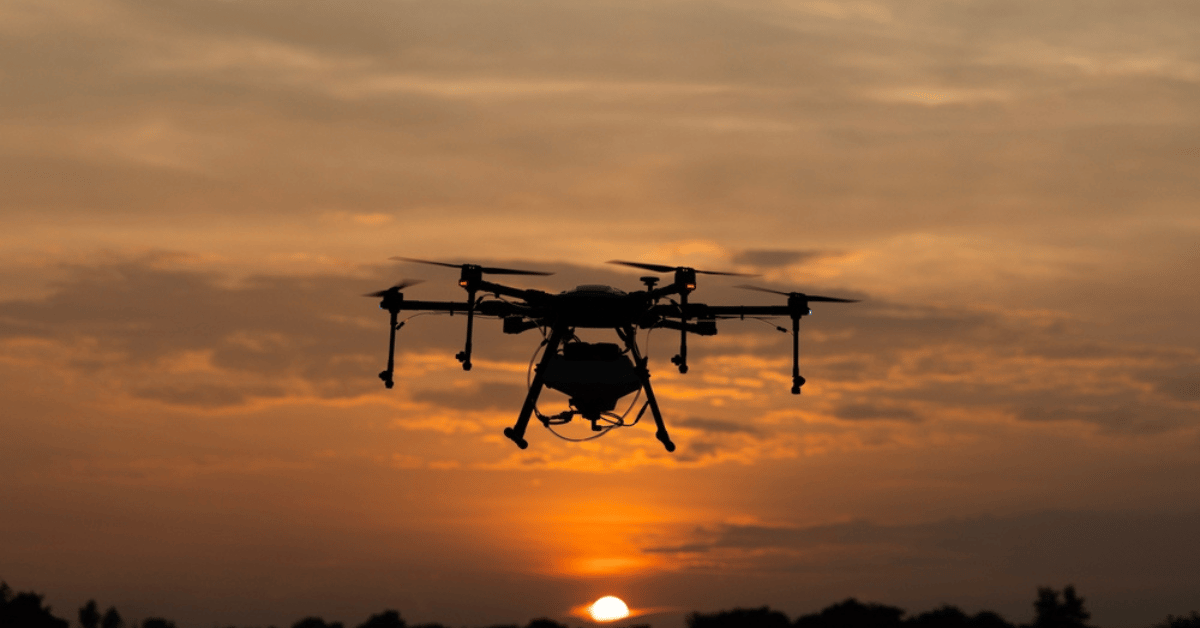The DGCA has so far issued 96 type certificates to different UAS models, including 65 agriculture-based models
Civil aviation MoS Murlidhar Mohol said that the DGCA plans to develop a regulatory framework for VTOL and eVTOL aircrafts
The new rules governing air mobility solutions will set new standards for their operations, type certification, training and pilot certification, and other operational procedures
Minister of state for civil aviation Murlidhar Mohol informed the Parliament that 10,208 type-certified commercial drones have been registered on the Digital Sky platform as of September 2024.
Responding to a question, the MoS said that the Directorate General of Civil Aviation (DGCA) has so far issued 96 type certificates to different unmanned aircraft system (UAS) models on the basis of their “purpose”. Of this, 65 models are agriculture-based, while the remaining 31 are “logistics and surveillance-based”.
DigitalSky is the DGCA’s online platform that manages unmanned aircraft systems in India.
He also said that nearly 86% of the Indian airspace is “green” and available for drone operations. Under the existing rules, the Indian airspace is divided into three zones – red, yellow and green – for drone operations.
Green zone requires no permission whatsoever for operating drones with an “all-up weight” up to 500 kg. While permissions from the concerned air traffic control authority are necessary in the yellow zone, red zones are marked as ‘no-drone zones’.
The reply also noted that the count of “airspace red zones” stands at 9,969 and of “airport red zones” at 147. He added that the number of “airport yellow zones” (in the range of 5 km to 8 km, and 8 km to 12 km) cumulatively is at 294.
Responding to a separate question, Mohol said that the DGCA plans to develop a regulatory framework for vertical take-off and landing (VTOL) and eVTOL aircraft.
Powered by batteries, eVTOLs hover and fly, much like a helicopter, and are designed to carry two to six passengers, including a pilot. They are colloquially referred to as air taxis or flying taxis.
The minister added that the new rules governing advanced air mobility (AAM) solutions will set new standards for their operations, including airworthiness/type certification, training and pilot certification, and other operational procedures.
“Based on the regulatory framework, vertiports, air routes and other necessary infrastructure essential for safe and efficient AAM operations would be established. The operations would be managed strategically and tactically by optimising the air traffic flow in the airspace with the use of Unmanned Aircraft Traffic Management (UTM) systems along with existing Air Traffic Management (ATM) systems for de-conflicting the movements of multiple small aircraft and integrating autonomous drones in the same airspace,” Mohol added.
He also said that consultations are currently underway with various stakeholders within the country and abroad to formulate guidance material on various aspects of advanced air mobility. He added that the DGCA is collaborating with agencies such as the European Union Aviation Safety Agency (EASA), International Civil Aviation Organization (ICAO) and the US’ Federal Aviation Administration (FAA) on the matter.
This comes at a time when the government has pulled all stops to spur the homegrown drone ecosystem. In 2021, the Centre notified the liberalised drone rules to promote the industry.
In 2022, the Centre published the certification scheme for UASs to establish a global certification and accreditation framework for drones and introduce appropriate safeguards during commercial applications.
Last year, the ministry also amended existing drone rules, which eliminated the mandatory requirement of passport for registration, de-registration and transfer of drones.

